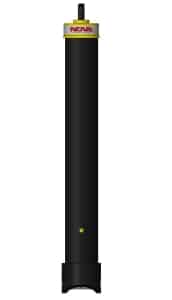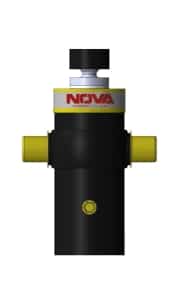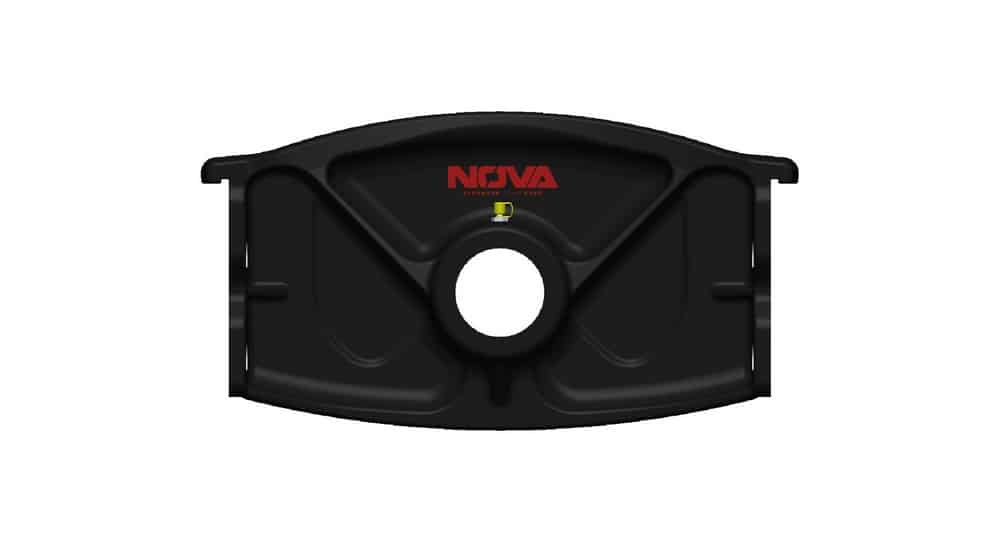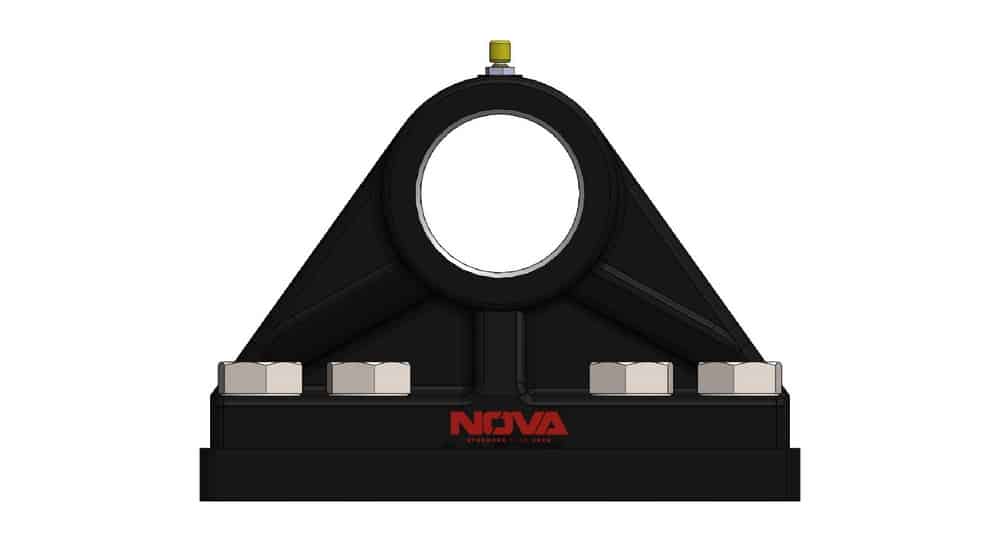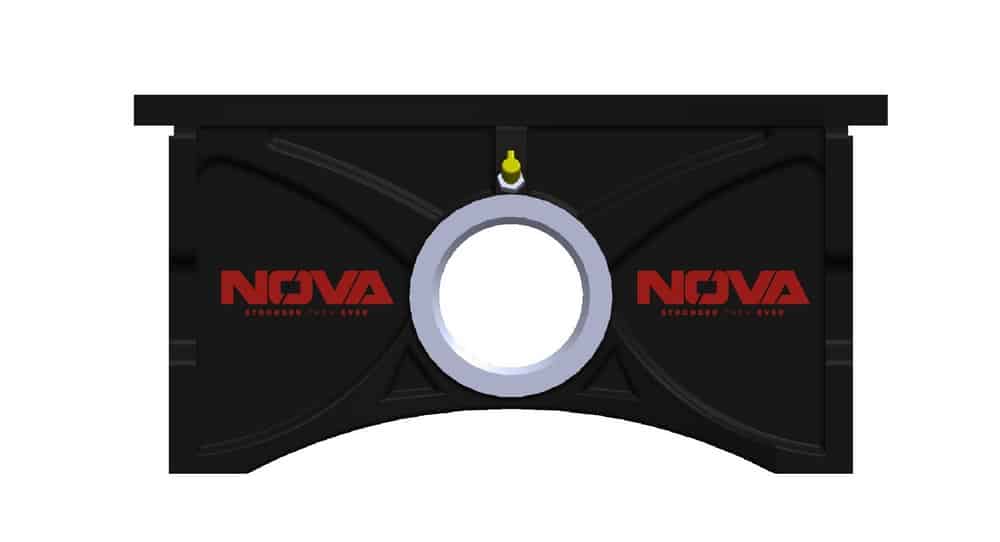Telescopic Cylinder for Tipping Trucks: Optimizing Lifting and Dumping Efficiency
Tipping trucks are essential equipment in various industries, including construction, agriculture, and waste management. These trucks are designed to transport heavy loads and unload them efficiently through tipping or dumping. One of the most important components that make tipping trucks so effective is the telescopic cylinder. This powerful hydraulic device is critical for lifting and unloading heavy materials, and it plays a pivotal role in ensuring smooth, efficient, and safe tipping operations.
In this article, we’ll dive into how telescopic cylinders enhance the performance of tipping trucks, their benefits, and factors to consider when choosing the right telescopic cylinder for your needs.
What is a Telescopic Cylinder for Tipping Trucks?
A telescopic cylinder is a type of hydraulic cylinder that consists of multiple nested tubes or “stages.” These stages extend and retract sequentially, providing an extended stroke and a compact design. In tipping trucks, telescopic cylinders are typically used to lift the truck bed and tilt it for unloading materials like sand, gravel, construction debris, or waste.
The design of the telescopic cylinder allows the truck bed to rise higher compared to a traditional hydraulic system, increasing the angle at which the materials are unloaded. This feature is particularly beneficial when unloading heavy or bulky loads, as it ensures smooth and efficient dumping.
How Do Telescopic Cylinders Work in Tipping Trucks?
Telescopic cylinders in tipping trucks work by using hydraulic pressure to extend or retract the various stages of the cylinder. The hydraulic pump pushes fluid into the cylinder, causing the stages to extend and raise the truck bed. The pressure is controlled by the truck’s hydraulic system, allowing the operator to lift the truck bed to the desired angle.
As the cylinder extends, the truck bed tilts, and the load is gradually released. Once the materials are unloaded, the hydraulic pressure is released, and the cylinder retracts to lower the bed back into position. The smooth operation of the telescopic cylinder ensures that the tipping truck can handle large loads without difficulty.
Key Benefits of Telescopic Cylinders in Tipping Trucks
-
Increased Lifting Capacity: Telescopic cylinders are designed to lift much heavier loads compared to standard hydraulic cylinders. With multiple stages, they can provide a greater lifting force and extend to higher heights, making them ideal for tipping trucks carrying substantial loads.
-
Space Efficiency: The multi-stage design of the telescopic cylinder allows it to provide a long stroke while remaining compact. This compactness ensures that the cylinder fits within the available space of the tipping truck, without compromising the truck’s payload capacity.
-
Smooth and Efficient Dumping: Telescopic cylinders enable smooth and controlled dumping. The gradual extension of the stages ensures that the load is unloaded evenly and without sudden jerks, which could damage the truck or spill the materials.
-
Improved Dumping Angles: The extended stroke of the telescopic cylinder allows the tipping truck to achieve a steeper dumping angle. This makes it easier to unload bulky materials, ensuring that all contents are expelled from the truck bed without manual intervention.
-
Durability and Reliability: Built to withstand harsh operating conditions, telescopic cylinders are made from high-quality materials such as steel, which are resistant to corrosion, wear, and environmental damage. This durability ensures long-term reliability and fewer maintenance needs.
-
Safety: The hydraulic system in a telescopic cylinder is more precise than manual lifting methods, reducing the risk of accidents or improper unloading. Operators can control the dumping process from the safety of the truck cabin, ensuring optimal safety during unloading operations.
Applications of Telescopic Cylinders in Tipping Trucks
Telescopic cylinders are used in a variety of industries that require efficient tipping trucks to handle large and heavy loads. Here are some common applications:
-
Construction: Tipping trucks with telescopic cylinders are widely used in the construction industry for hauling and unloading materials like gravel, sand, and concrete. The increased lifting capacity allows for quicker unloading and faster turnaround times on job sites.
-
Waste Management: In waste management, telescopic cylinders are used in tipping trucks that handle the transportation of garbage, recyclables, or debris. The enhanced dumping angle ensures that waste is unloaded efficiently, reducing the need for manual labor and speeding up collection routes.
-
Agriculture: Agricultural tipping trucks, especially those used for transporting grain, fertilizers, or other bulk materials, benefit from the telescopic cylinder’s ability to unload large quantities quickly and efficiently. The greater dumping angle helps unload crops or other materials faster.
-
Mining and Quarrying: Tipping trucks used in mining and quarrying applications also rely on telescopic cylinders to unload materials like ores, rocks, and minerals. The cylinders enable the trucks to dump massive amounts of material, even in difficult terrain.
Factors to Consider When Choosing a Telescopic Cylinder for Tipping Trucks
Selecting the right telescopic cylinder for your tipping truck is crucial for optimal performance. Here are some key factors to consider:
-
Load Capacity: Ensure that the telescopic cylinder is designed to handle the maximum load your tipping truck will carry. The cylinder should have sufficient lifting force to lift heavy materials efficiently without straining the hydraulic system.
-
Cylinder Stroke: The stroke length determines how far the cylinder can extend. For tipping trucks, a longer stroke is ideal as it allows for a steeper dumping angle. Ensure that the cylinder’s stroke matches the requirements of your tipping truck’s design.
-
Cylinder Size and Configuration: The size and configuration of the telescopic cylinder will depend on the type of tipping truck and its intended use. Make sure the cylinder fits the available space and is compatible with the truck’s hydraulic system.
-
Hydraulic System Compatibility: The telescopic cylinder must be compatible with the tipping truck’s hydraulic system in terms of pressure, flow rate, and fittings. Check the specifications of both the cylinder and the hydraulic system to ensure they work together seamlessly.
-
Durability and Maintenance: Choose a high-quality telescopic cylinder that can withstand the tough working conditions typical in tipping truck operations. Regular maintenance is key to prolonging the cylinder’s lifespan, so consider ease of maintenance when selecting a model.
Maintenance Tips for Telescopic Cylinders in Tipping Trucks
To ensure that your telescopic cylinder continues to perform optimally, regular maintenance is essential. Here are some tips:
-
Check for Leaks: Inspect the cylinder for any signs of hydraulic fluid leakage. Leaks can reduce the cylinder’s efficiency and lead to system malfunctions.
-
Lubricate Moving Parts: Regularly lubricate the moving parts of the cylinder to reduce friction and prevent premature wear.
-
Inspect for Damage: Periodically check the cylinder for signs of wear, corrosion, or physical damage, especially after heavy use.
-
Monitor Hydraulic Fluid Levels: Ensure that the hydraulic fluid is at the correct level and is clean. Low or contaminated fluid can cause the system to function improperly.
Conclusion
The telescopic cylinder is an indispensable component of modern tipping trucks, providing the necessary power and efficiency to handle and unload heavy materials with ease. Its ability to lift large loads, achieve steeper dumping angles, and operate smoothly makes it ideal for industries like construction, waste management, and agriculture. By choosing the right telescopic cylinder and ensuring regular maintenance, you can optimize the performance and lifespan of your tipping truck, improving productivity and reducing downtime.



